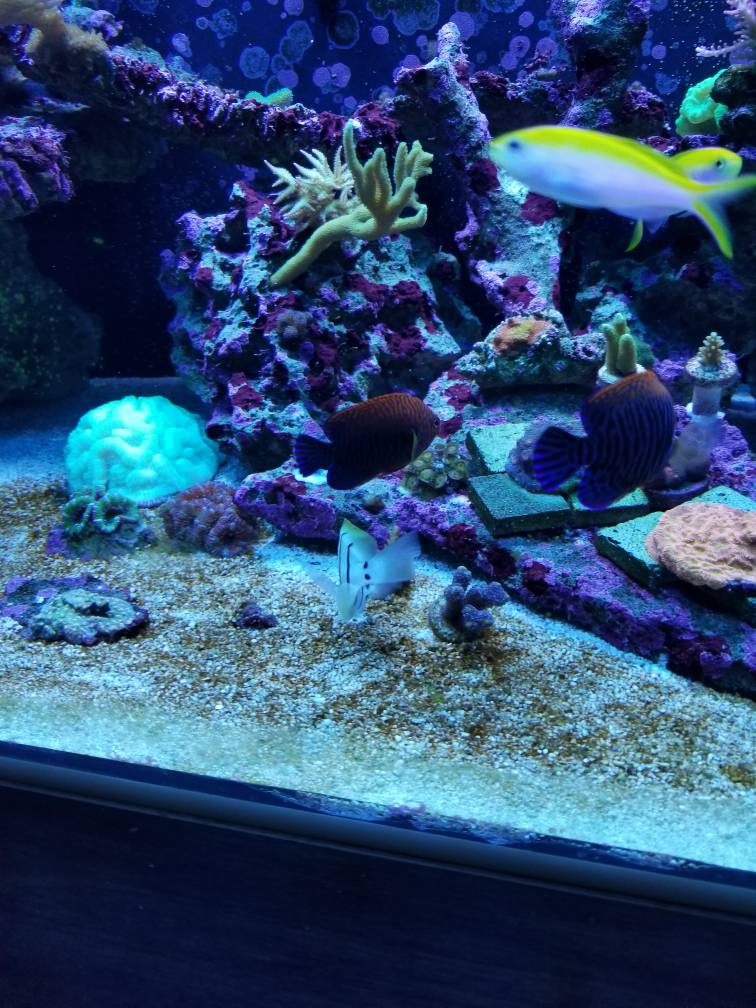Thank you mcarroll, I can do some experiments if you want, my friend told me he will take my corals and also fishso I can try some other methods if you like to before I do a restart, I would like my English to be better
I really dont know what PUAs are, its some kind of medicacion? If you want I do some experiments, tell me and I can try.
If you have the time and patience for it, I'd love to see the results (or lack ;Facepalm).
Check out the PUA link from my post if you can....I don't yet know anything more than that wikipedia article yet. I bumped into PUA's as just a mention in a review article, so they didn't comment much about it there....a bit more digging to do there.

















